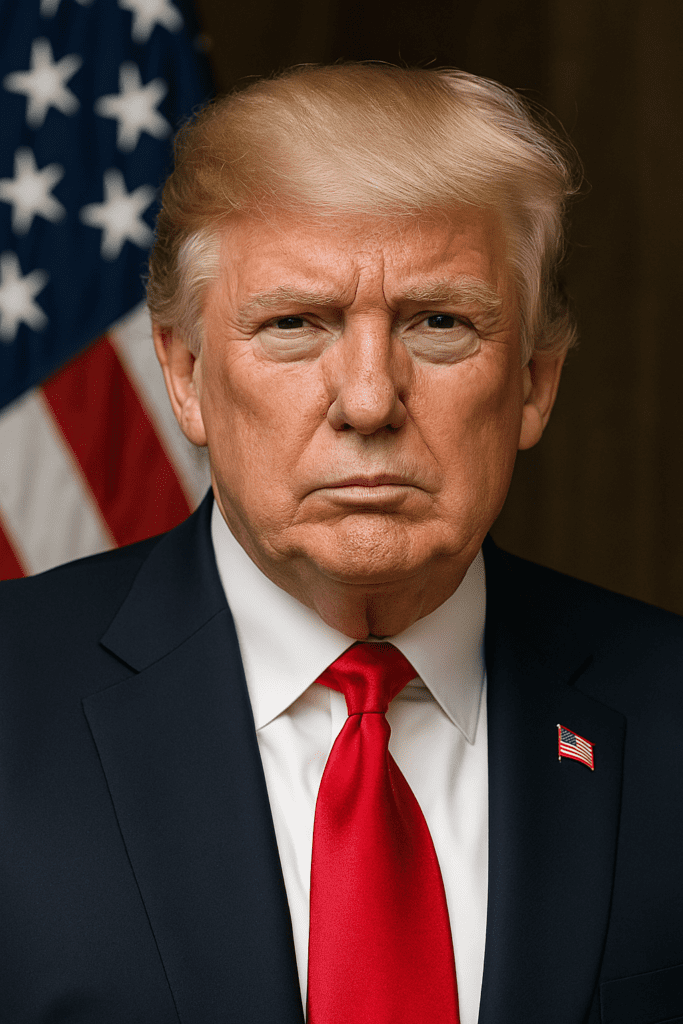Table of Contents

President Donald J. Trump has declared a national emergency in response to harmful foreign trade practices that he says have damaged the U.S. economy, undermined critical supply chains, and left American manufacturing and national security vulnerable. Using authority under the International Emergency Economic Powers Act of 1977 (IEEPA), President Trump is imposing a new system of reciprocal tariffs to strengthen the U.S. economy and protect American jobs.
Key Tariff Measures:
- Effective April 5, 2025: A 10% tariff on all imports from all countries.
- Effective April 9, 2025: Higher individualized tariffs for nations with the largest trade deficits with the U.S.
- Tariffs remain until the President determines the trade threats are resolved.
- Tariffs can be adjusted if countries retaliate or move toward fairer trade practices.
Exemptions from the New Tariffs:
Some goods will not be affected, including:
- Items covered by 50 USC 1702(b)
- Steel, aluminum, and autos already under Section 232 tariffs
- Copper, semiconductors, pharmaceuticals, lumber
- Bullion and certain energy/mineral imports not produced in the U.S.
USMCA Countries:
Canada and Mexico remain under existing IEEPA orders related to fentanyl and migration:
- 0% tariffs for USMCA-compliant goods
- 25% tariffs for non-compliant goods
- 10% tariffs for non-compliant energy and potash
If these orders end, USMCA-compliant goods will retain preferential treatment, while others may face a 12% reciprocal tariff.
Restoring Economic Sovereignty
President Trump emphasized that this is not just economic policy—it’s national defense. He argues that unfair foreign practices have:
- Eroded the U.S. industrial base
- Created dependence on adversaries
- Left America exposed to supply chain shocks
Value-added taxes (VATs) in other countries unfairly burden U.S. businesses by adding billions in costs annually. Meanwhile, global trade in counterfeit goods and intellectual property theft cost the U.S. up to $600 billion each year.
Under President Biden, the U.S. agricultural trade surplus flipped into a projected $49 billion deficit. The overall goods trade deficit hit $1.2 trillion in 2024, levels the Trump administration says are unsustainable.
“Made in America” is a National Priority
This administration is committed to rebuilding American manufacturing and strengthening domestic production. Tariffs are central to that strategy:
- Encouraging reshoring of industries
- Supporting defense readiness
- Promoting high-wage jobs in sectors like cars, appliances, and advanced technologies
Fixing Unfair Trade Imbalances
President Trump is addressing the one-sided tariffs and non-tariff barriers that other countries impose on U.S. exports:
- Passenger cars: U.S. tariff = 2.5%; EU = 10%, India = 70%
- Networking equipment: U.S. = 0%; India = 10-20%
- Ethanol: U.S. = 2.5%; Brazil = 18%, Indonesia = 30%
- Apples: Duty-free in U.S.; India = 50%, Turkey = 60.3%
- Rice: U.S. = 2.7%; India = 80%, Malaysia = 40%
The U.S. maintains one of the lowest average tariffs in the world at 3.3%, compared to India (17%), Brazil (11.2%), and China (7.5%).
Non-tariff barriers—like duplicative certifications, import bans, and restrictive local regulations—further block U.S. exports in agriculture, telecom, and auto sectors. The President’s plan counters both monetary and non-monetary barriers with targeted reciprocal tariffs.
Rebuilding Manufacturing for National Security
U.S. manufacturing has declined significantly:
- Manufacturing output fell from 28.4% of global share in 2001 to 17.4% in 2023
- Since 1997, the U.S. lost 5 million manufacturing jobs
Trump’s plan calls for a revival of critical industries like shipbuilding, pharmaceuticals, electronics, and machinery, especially those vital to military readiness. Supply chain disruptions from COVID-19 and geopolitical crises have shown the dangers of over-reliance on foreign suppliers.
A Golden Rule for Trade
President Trump’s message is simple: Treat America the way America treats you.
He argues that access to the U.S. market is a privilege, not a right, and that tariffs are central to a broader strategy for economic renewal.
This is part of a larger agenda that includes:
- Energy independence
- Tax cuts
- No tax on tips or Social Security benefits
- Deregulation to fuel growth
Do Tariffs Work? The Data Says Yes
Recent studies and government reports show tariffs can:
- Stimulate domestic production
- Encourage reshoring of industries
- Have minimal impact on consumer prices
- Boost jobs and incomes
One 2024 study estimates a global 10% tariff would:
- Grow U.S. GDP by $728 billion
- Create 2.8 million jobs
- Raise household income by 5.7%
Conclusion:
President Trump’s reciprocal trade strategy is aimed at ending decades of trade imbalances, rebuilding U.S. manufacturing, and defending America’s economic sovereignty. Tariffs are not just a policy tool—they’re a cornerstone of his vision for a stronger, more secure American future.